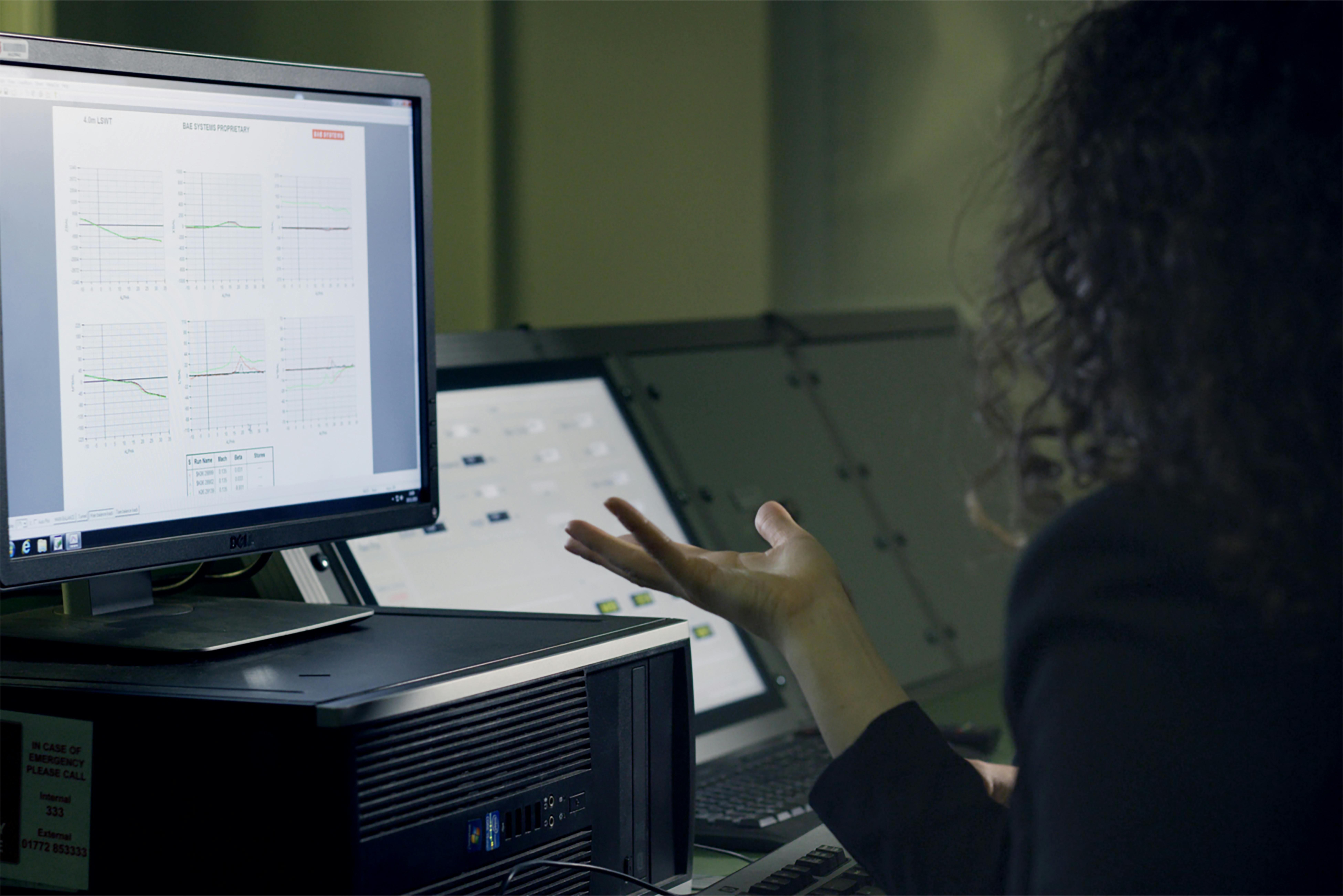by Ashley Carter
Share
Whether it’s for Nadcap, ISO17025, a customer, or another accrediting body, you have probably experienced some sort of audit. You may have also realized how stressful an audit can be. This is particularly true when the necessary data is difficult to extract or stored in various spreadsheets and file cabinets. Now you have to pull all of the test and calibration data for something that was completed two years ago. One person spends a few hours searching spreadsheets for data, another flips through paper records to find instrument info, and a third has to work out the special filing system of the calibration records that only one person understands and that one person happens to be on vacation. All with Mr. Auditor tapping their foot in the next room, waiting. Does any of that sound familiar?
Now, imagine one system that has all of this data in one, searchable format. One person can seamlessly compile all of the necessary information in a fraction of the time. It does exist, and it can reduce audit anxiety. Every LIMS has their own audit-support features, so it’s important to know what you need for your laboratory. This article will show you some common LIMS features that might help you survive your next audit.
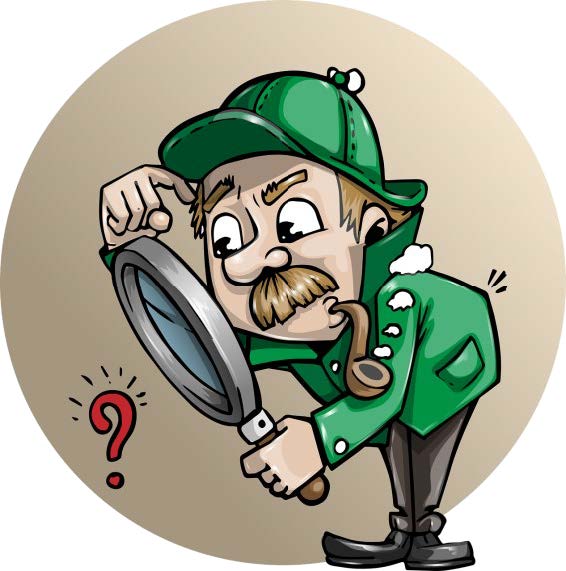
Searchability – Pulling Test Data
You have created a system that captures all of the data you need for your day-to-day work. Now the auditor randomly chooses an order and says he wants to review all of that data. Now what? You need a LIMS that allows you to easily search the system for all of that data. It is important to have a friendly interface to complete that search, especially since we’re not all software coders.
The Wavefront LIMS Search Module has a user-friendly interface that allows a user to search the system. The best part is that the search can be based on essentially any field, and return whatever information is desired.
Instruments
So you have your test data, now how do you know what instruments were used to capture that test data?
Wavefront LIMS captures what instrument, and the associated calibration, were used for each test as they are completed. Therefore, there’s no need to figure it out later. Simply pull up the test and see what instrument was selected and the associated active calibration is provided.
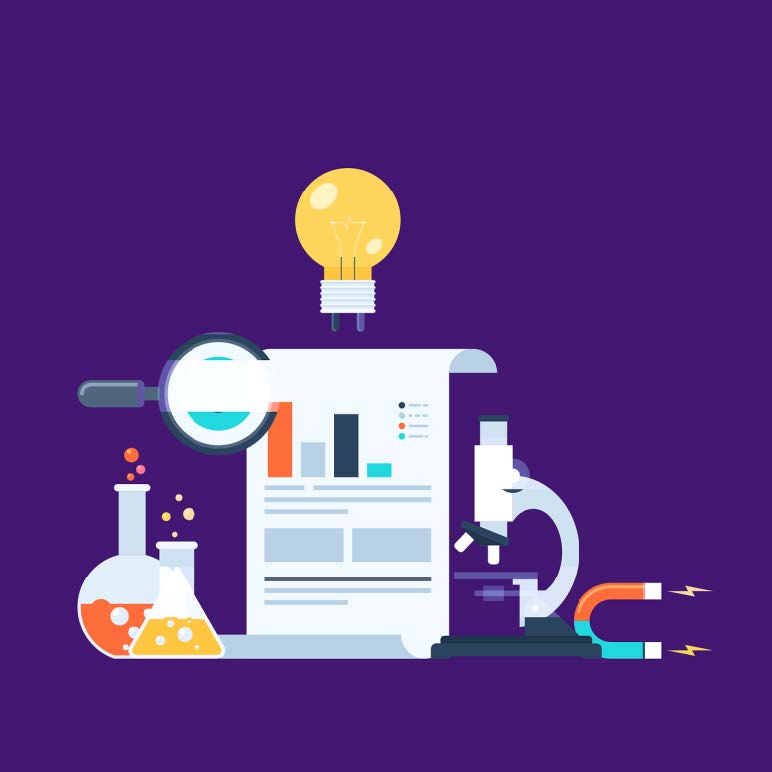
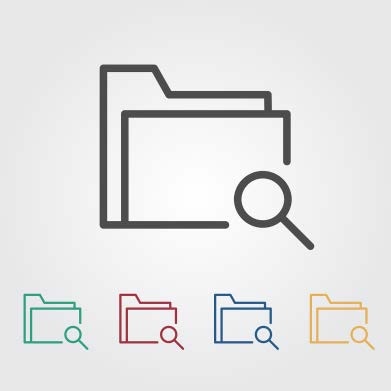
Calibration Paperwork
Knowing which instrument or calibration was used is great, but there’s still the file cabinet with the special filing system to tackle… unless you have Wavefront LIMS.
Wavefront’s Instrument and Calibration module keeps track of all of the calibration records for the instruments. Since you know the instrument and active calibration at the time, it’s just a matter of opening that calibration entry. All of the information you need, including the calibration certificate, is stored in one place.
Audit Security
Mr. Auditor is impressed with the compilation of data about the order he requested. Now, how do you show that the people that completed or reviewed the work, were trained to do so? Wavefront LIMS to the rescue once more!
In Wavefront LIMS, Security Roles control who has access to each part of the system. They prevent those not authorized to see or do something from seeing or doing that thing. This can be anything from creating a test, populating or editing results on that test, and signing off on the review. The training records for each user can also be stored in their user profile for easy access whenever needed.
System Audit Tracking
We’ve all had that auditor who wants to dive into the details. He wants proof that the person you say completed the test actually did, or who reviewed the specification was the one that actually activated that specification. Signatory fields are commonly used for these review steps because they have an extra layer of security built in. In addition, essentially the entire Wavefront LIMS product has audit records. These records track changes to statuses and data as well as who made what change and when. It’s about as close to time travel for reviewing data as you can get.
Audits are excellent ways to ensure consistency in laboratory processes and quality material for our customers. However, they can be stressful and time consuming, especially when your laboratory’s tools aren’t designed to support accreditation requirements and auditing needs. Wavefront LIMS was designed by people who have worked in laboratories and experienced the needs of accreditations and audits firsthand. Reach out using the Schedule a Demo button to find out how Wavefront LIMS can help make your next audit a much less stressful experience.
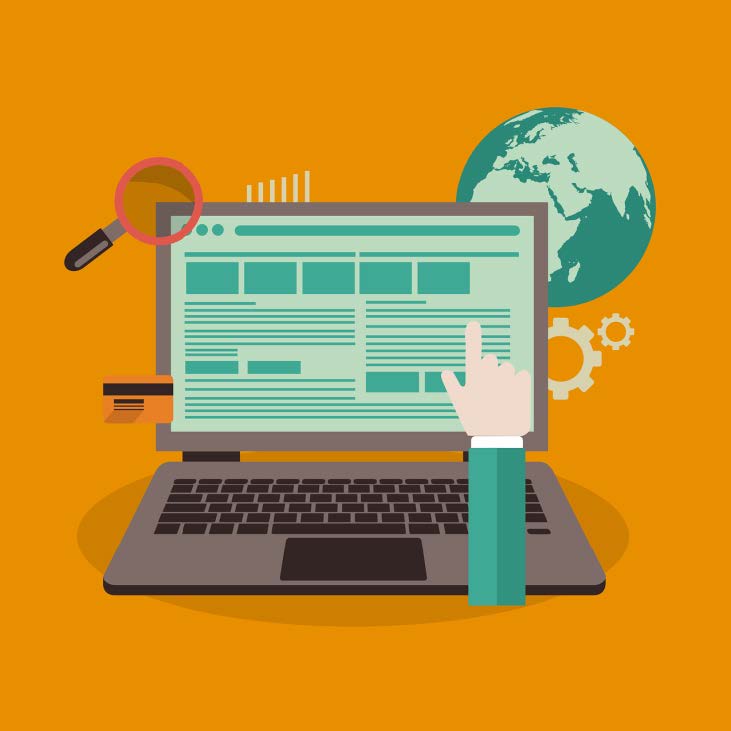
STAY IN THE LOOP
Subscribe to our Free Content
Learning about LIMS is a monthly article series where Wavefront shares questions that have come up throughout our interactions with a range of individuals and customers. We do our best to provide information about each topic to help people learn more about LIMS.
Sign up here to be added to our mailing list and receive these articles directly in your inbox.
In today's fast-paced labs, data-driven decision-making is essential. Utilizing advanced data analysis tools, like LIMS dashboards and KPIs, boosts operational efficiency. This article explores how these tools enhance performance and reduce costs, helping labs maintain exceptional quality standards.
Lab Data Management with a LIMS reduces errors and improves efficiency compared to manual data entry. Move away from spreadsheets and separate documents and see how Wavefront LIMS can improve your laboratory's workflow.
Experience the transformative power of a state-of-the-art LIMS system tailored to meet the unique needs of your laboratory. Our LIMS solution seamlessly integrates with your existing systems, streamlining workflows and boosting productivity. Say goodbye to manual processes and hello to automated efficiency with our cloud-based LIMS system. Schedule a demo today and unlock the full potential of your laboratory operations.
Unlock new levels of efficiency with LIMS workflow automation. Automate critical laboratory workflows without coding. Wavefront's powerful automation engine with over 800 built-in conditions and actions allows limitless customization of your LIMS processes.




